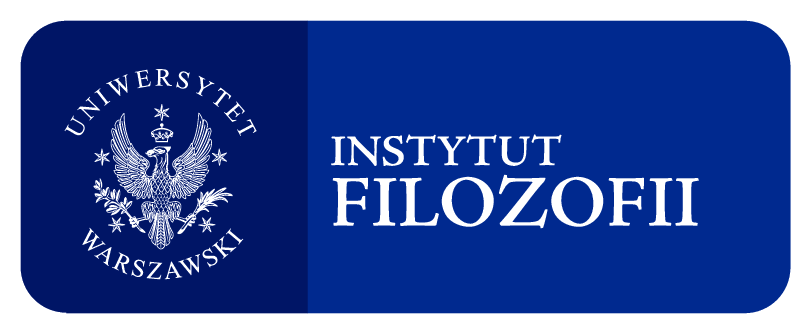Modal Interpretation of Quantum Mechanics and Classical Physical Theories
Abstract
In 1990, Bas C. van Fraassen defined the modal interpretation of quantum mechanics as a consideration of it as „a pure theory of the possible, with testable, empirical implications for what actually happens”. This is a narrow, traditional understanding of modality, as possibility (usually denoted in logic by the C.I. Lewis's symbol Î) and necessity □, defined by means of ◊. In modern logic, however, modality is understood in a much wider sense as any intensional functor (i.e. nonextensional functor: determined not only by the truth value of a sentence). In his recent publication (1997) the author made an attempt to apply this wider understand-ing of modality to certain interpretation of classical and quantum physics. In the present text, these problems are discussed against the background of a brief review of the logical approach to quantum mechanics in the recent seven decades. In this discussion, the new concepts of sub-modality and super-modality of many orders are used.















 Filozofia Nauki/The Philosophy of Science | ISSN 1230-6894 | e-ISSN 2657-5868
Filozofia Nauki/The Philosophy of Science | ISSN 1230-6894 | e-ISSN 2657-5868